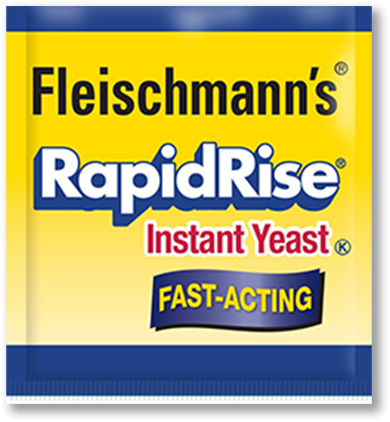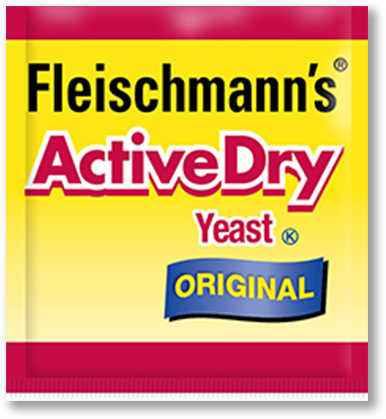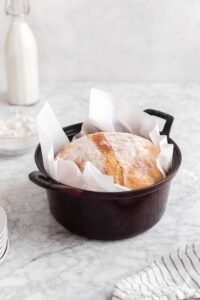- 4¼ cups (500 g) all-purpose flour (plus additional for shaping)
- 1 packet (2¼ teaspoons) Fleischmann's® RapidRise® Instant Yeast
- 1½ teaspoons (9 g) salt
- 1 teaspoon (2 g) granulated sugar
- 1¾ cup (420 g) warm water (100–105°F)
This dutch oven bread recipe is perfect if you want to make delicious artisan bread with very little work! Enjoy the crispy crust and the soft, tender crumb.
1 loaf 1 loaf
Easy Easy
35 min 35 min
45 min 45 min
n/a 8 min
1 hour 30 min 1 hour 30 min



Line your dutch oven with parchment paper to simplify the process of removing your bread and cleaning the pan.

For the dutch oven, use a 6-qt. dutch oven and ensure that the lid and handles are oven safe.